Category: environmental
-
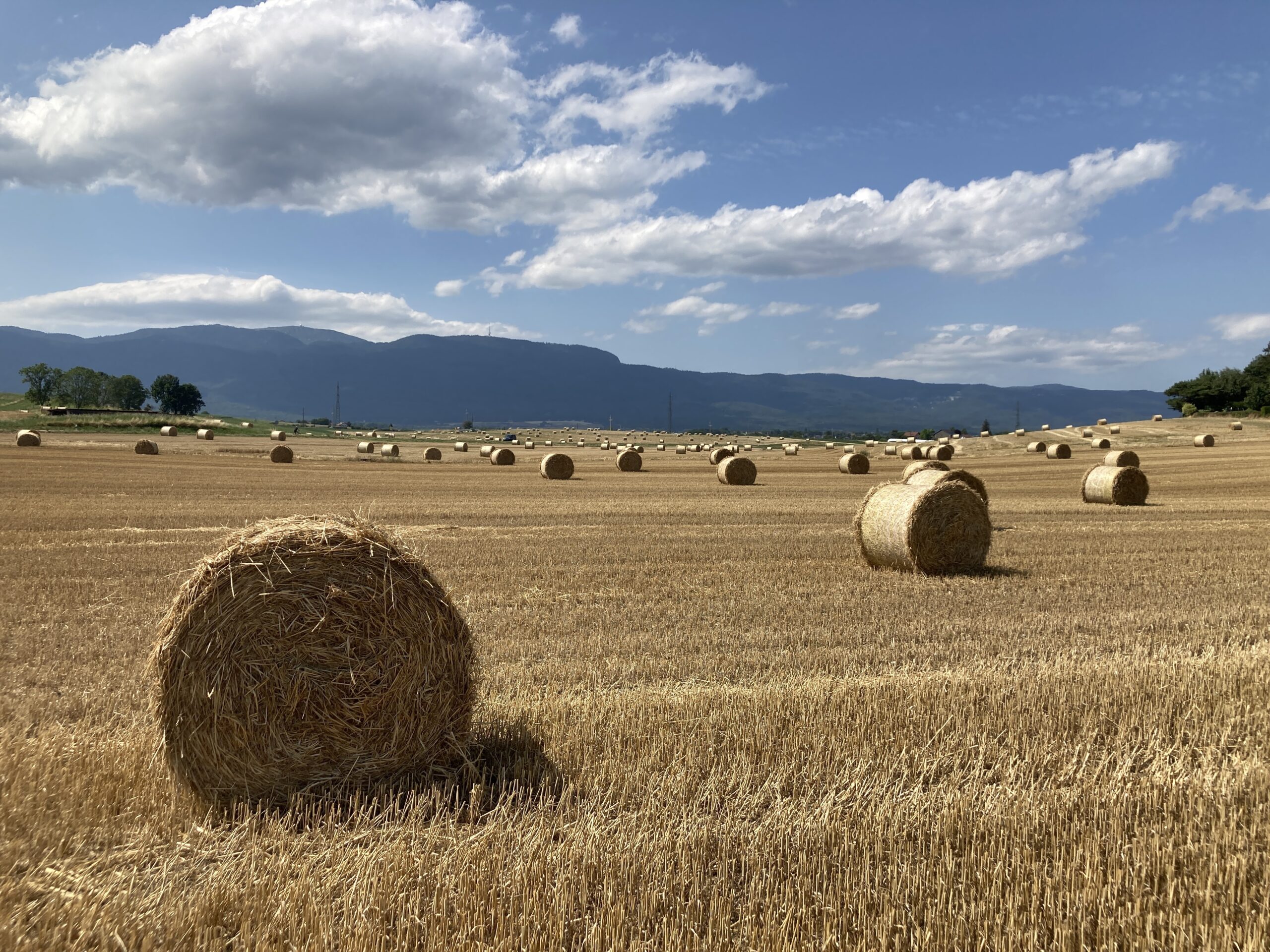
Walking With an Umbrella
Reading Time: 2 minutesYesterday i looked at the rain forecast and it looked as though I could go for a walk, without taking a proper rain coat. I wore the btwin cycling rain jacket instead. I decided to carry a mini umbrella with me in case the rain got harder. I have carried this mini…
-
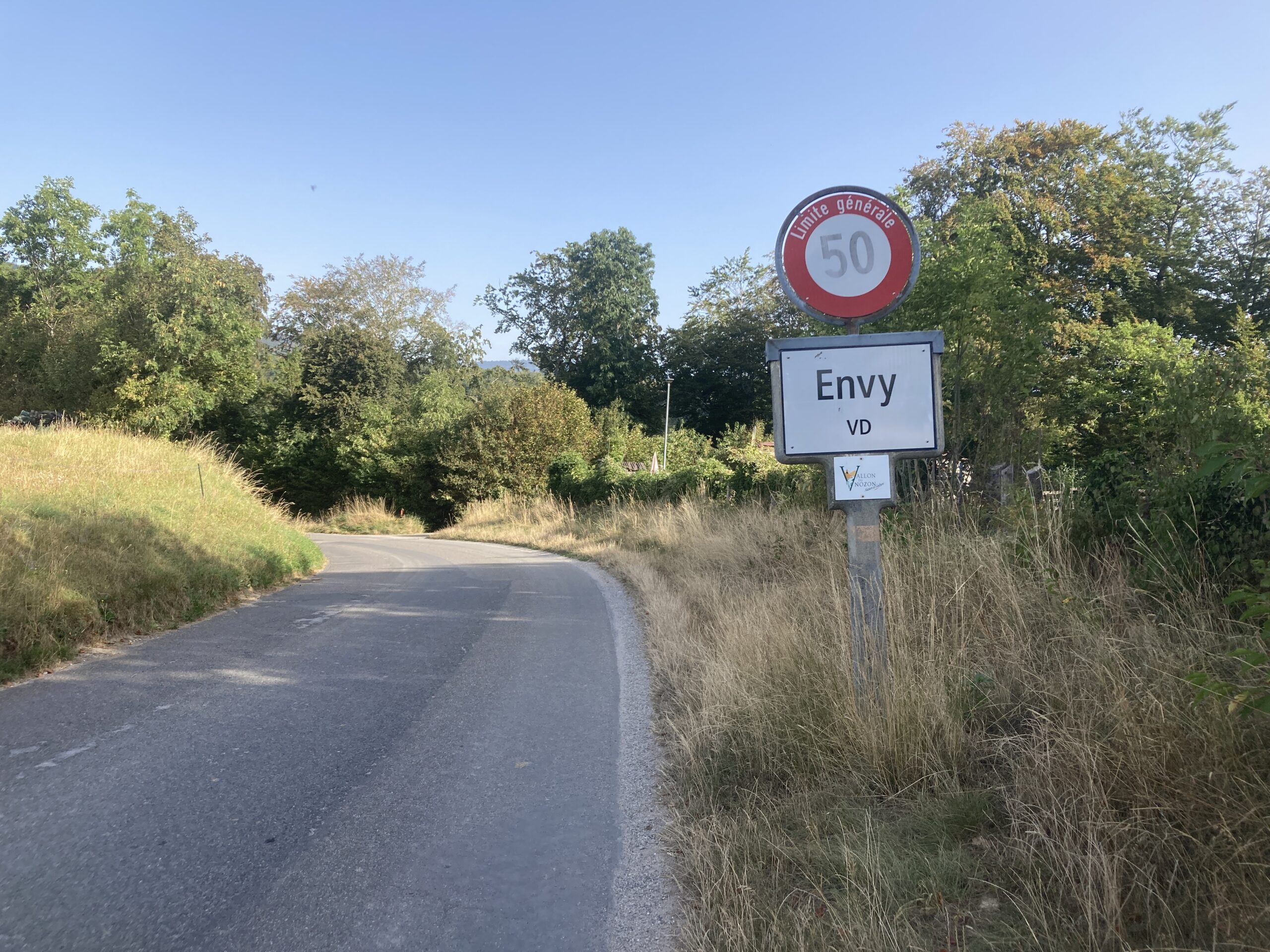
The Unfamiliar Sensation of a Vibrating Car
Reading Time: 2 minutesYesterday I drove the petrol car for the first time in a while. I did it for two reasons. The first is that I didn’t feel like waiting five hours for the car to charge. Especially since it was cold, and rain was predicted. I also drove the petrol car because I…
-

One Limitation of Electric Cars
Reading Time: 2 minutesAt the moment I am doing a favour that requires me to drive the electric car over a route that takes 25 percent of the car’s battery. This means that for every time I do the favour I have to charge the car for five hours. About the Drive The drive from…
-
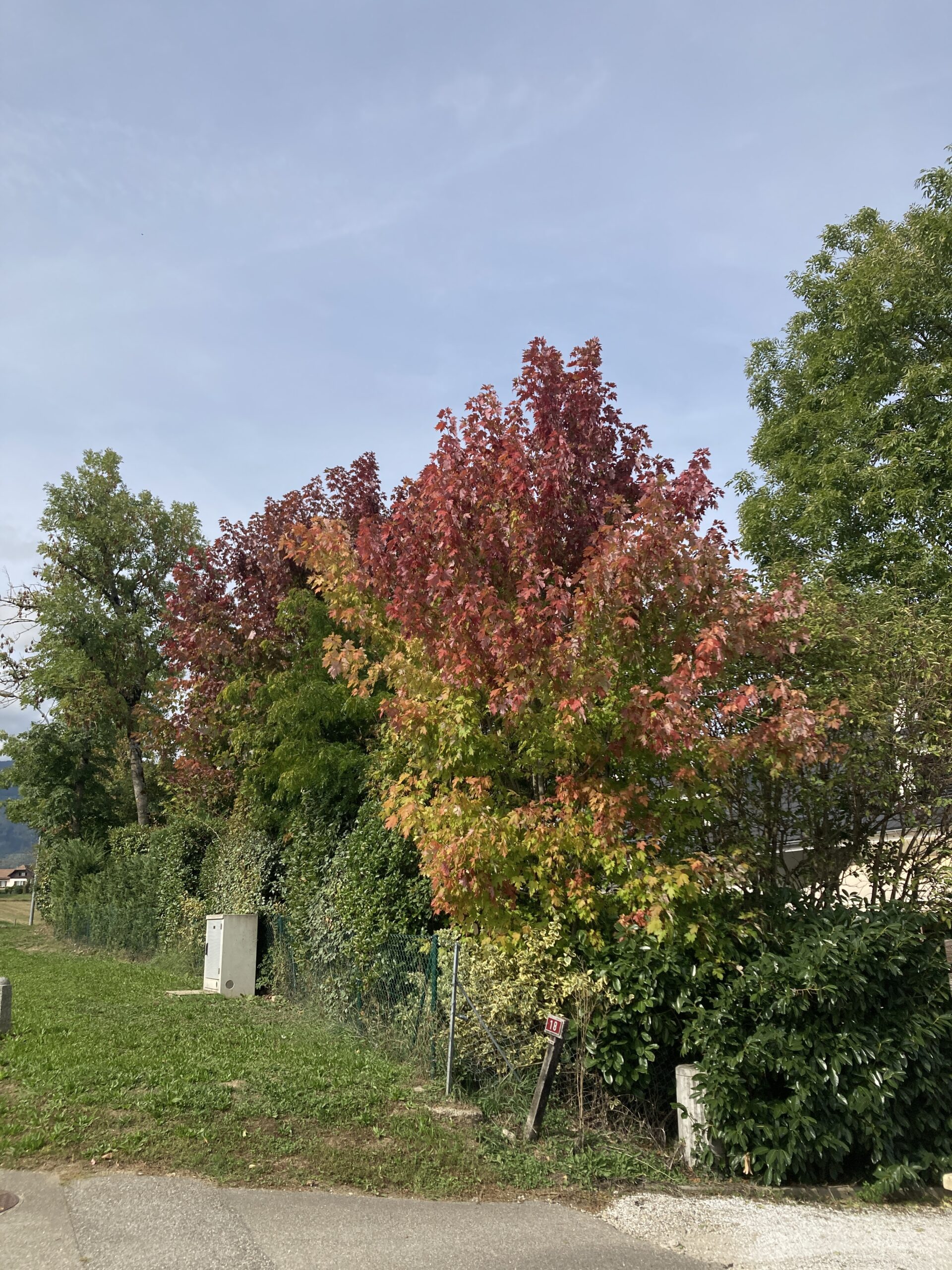
Autumn Is Here
Reading Time: 2 minutesYesterday I went for a walk wearing what I have been wearing since April or May. To be fair I had an extra layer. I felt cold. I chose to walk a shorter circuit than usual. I walked just five kilometres rather than my normal eight, or more. I felt okay when…
-

Ten Degrees above the Seasonal Norm
Reading Time: < 1 minuteTwenty Five Degrees Forecast I am wearing a t-shirt today. I am wearing a t-shirt almost every day. I feel no need for fleeces or sweaters. The reason for this is simple. The temperature, today, for example. is ten degrees hotter than it should be. It’s twenty five degrees and the…
-
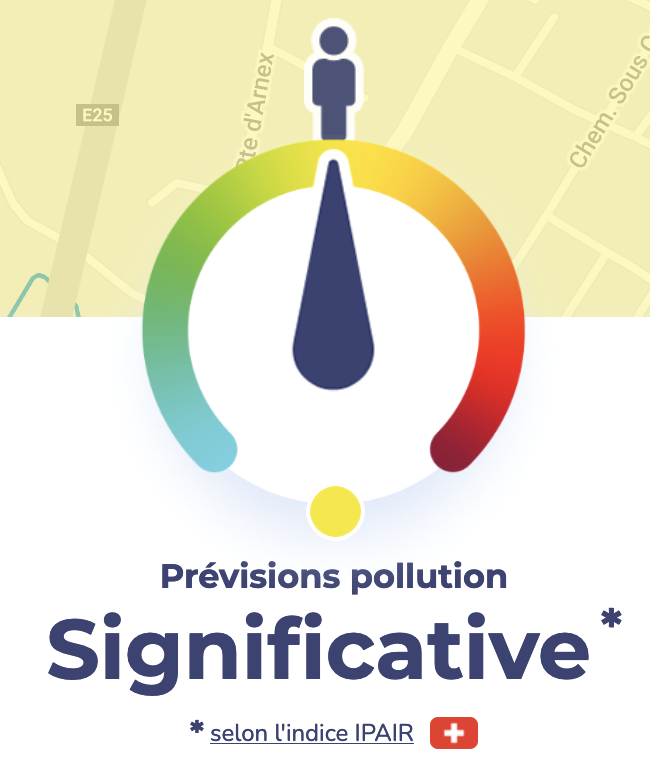
Electric Car Charging
Reading Time: 3 minutesFor a few weeks I have access to an electric car. This is an opportunity to experience what it’s like to have a car that you recharge, rather than refuel. I ran the car from one hundred percent down to fourty percent before charging it. It gave me a charge time of…
-
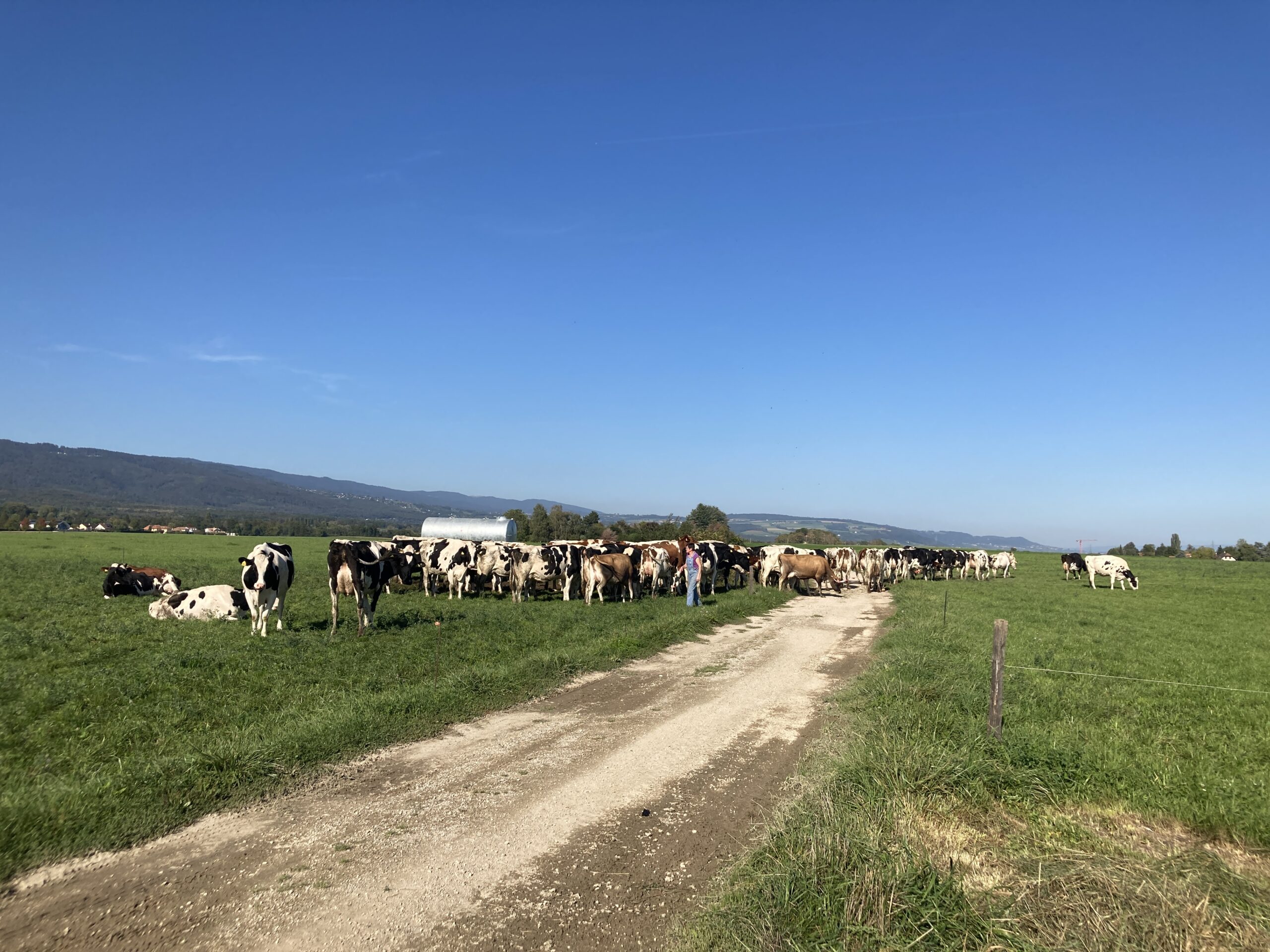
A Walk During Cow Rush Hour
Reading Time: 4 minutesYesterday I decided that I would start my walk by going along a dangerous bit of road, at the start of the road. The idea behind this is to avoid being endangered by selfish car drivers when I’m fatigued. It’s better to put up with their dangerous behaviour ahead of a walk,…
-
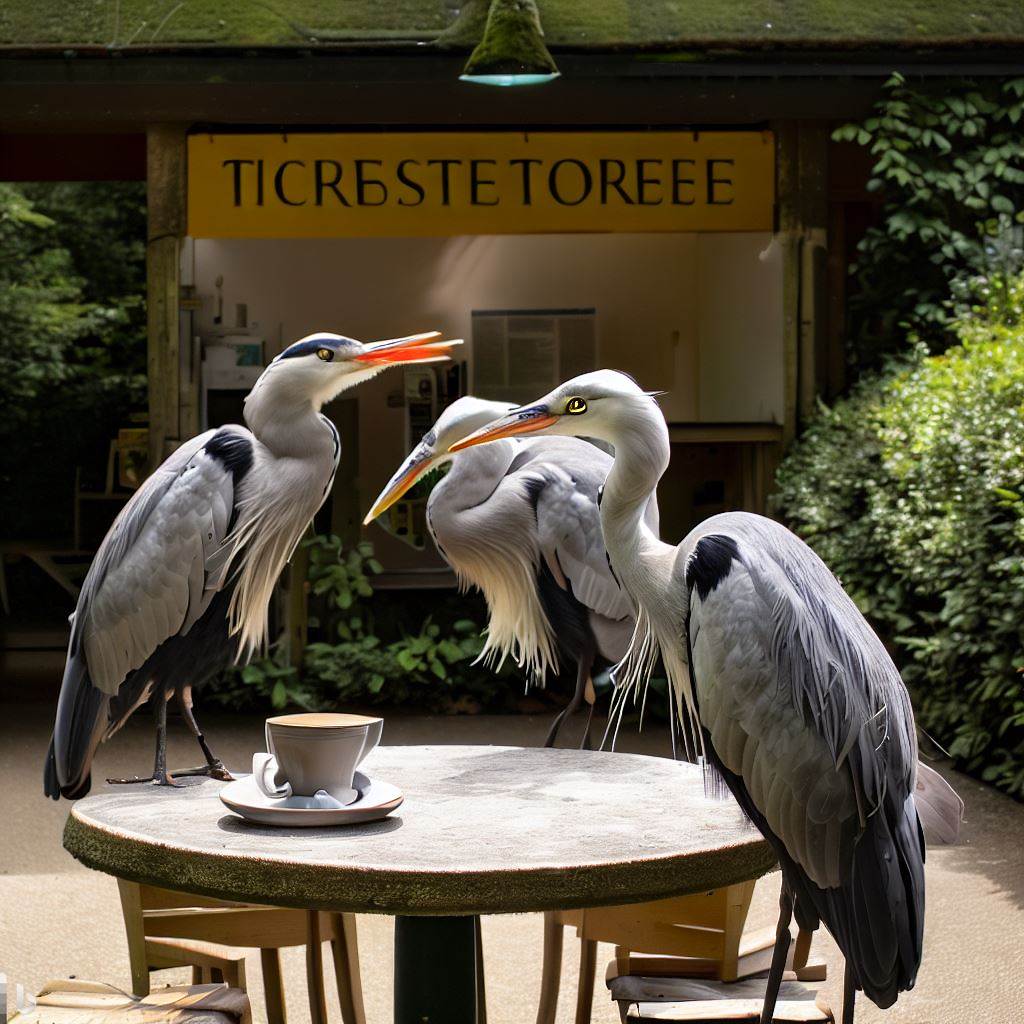
On Silent Walking and Having My Own Mastodon Instance
Reading Time: 3 minutesIn an ideal world Silent Walking would make sense. In an ideal world the environment where you walk would be quiet and free from distractions. How many of us live somewhere that is far from cars, road works, construction, farming and other noises? During my walks I hear the sound of a…
-

iOS and Environmentalism
Reading Time: 2 minutesIf you use the weather app on iOS 17 the weather app provides you with information about average temperature and average precipitation. It tells you how different the temperature and rainfall are, compared to average. Today, for example, I see that the temperature is 4°c warmer than the average. It tells me…
-

The First WHO/Europe Indoor Air Conference
Reading Time: 2 minutesYesterday we could watch the conference live stream of the first indoor air quality conference. It was available in French, German, Russian and English. The link is to the English language version. This is an interesting conference to have because, as two or more speakers highlighted, we spend up to 80 percent…